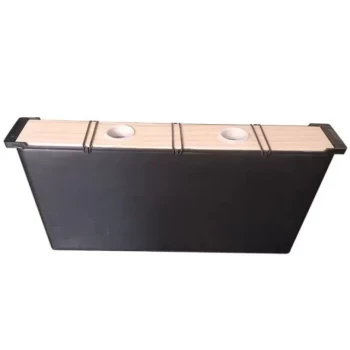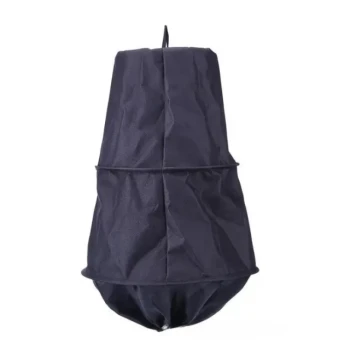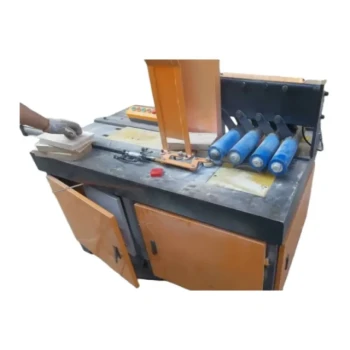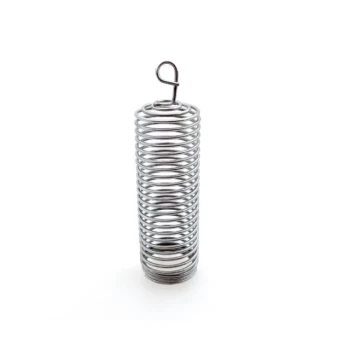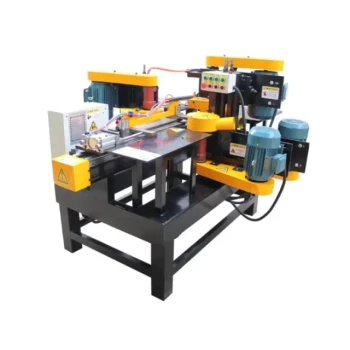To be precise, a bee box known as the "Ideal" (also called a shallow or half box) has a standard height of 5 ¾ inches, or approximately 144mm. This specific dimension, however, is just one of several standards available, and its name can be misleading. The truly "ideal" box is not about a single measurement, but about choosing the right tool for a specific job within the beehive.
The core decision in selecting a bee box is not finding one "ideal" size, but understanding the fundamental trade-off: a box's capacity for honey and bees versus the physical weight you are willing and able to lift.
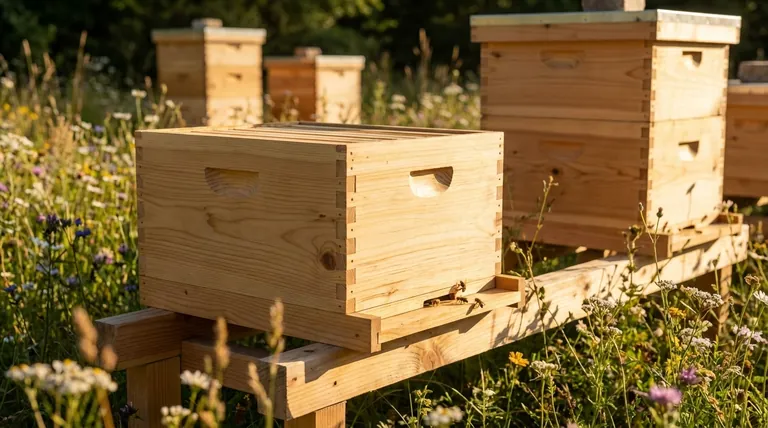
Why Box Size Matters: The Core Trade-off
A beehive is a modular system, and the boxes, or "supers," are the building blocks. The different sizes exist to serve different purposes and accommodate the physical abilities of the beekeeper.
The Foundation: The Full Depth (Deep) Box
The Full Depth box, at 9 9/16 inches high, is the largest standard size. It provides the maximum amount of uninterrupted space for the queen to lay eggs and for the colony to build its core nest.
Because of its size, it's most commonly used as the brood chamber—the bottom-most box or two where the colony rears its young. A single deep box full of honey, however, can weigh 80-90 pounds, making it impractical for many beekeepers to use for honey collection.
The Workhorse: The Medium Box
The Medium box (around 6 5/8 to 7 5/8 inches) represents a compromise. It offers a good capacity for honey storage while keeping the weight more manageable.
A full medium super typically weighs 40-50 pounds. For this reason, many beekeepers use deeps for their brood chambers and then stack medium supers on top for honey storage. Some even run their entire hive using only medium boxes to keep all components a consistent, manageable weight.
The Lightweight: The Shallow (Ideal) Box
The Shallow or Ideal box, at 5 ¾ inches high, is the lightest option. Its primary advantage is its low weight, with a full box weighing around 30-35 pounds.
This size is favored by beekeepers who cannot or do not wish to lift heavy equipment. It's an excellent choice for honey supers and is also the preferred size for producing specialty items like comb honey, where smaller, more uniform frames are beneficial.
Understanding the Trade-offs: Weight vs. Efficiency
Choosing a box size is a strategic decision that impacts your entire beekeeping experience. There is no single right answer, only a series of consequences.
The Burden of Weight
The most significant factor for hobbyist beekeepers is weight. Lifting a 90-pound box off the top of a hive is physically demanding and can be a barrier to enjoying the practice. Underestimating the weight of a full honey super is the most common mistake new beekeepers make.
The Cost of Inefficiency
Using smaller boxes like the "Ideal" for your entire hive means you need more of them. This increases the total number of frames and boxes you need to buy, build, store, and inspect. Every time you inspect a hive made of many shallow boxes, you have to break it down and reassemble more components, which can be disruptive to the bees.
The Importance of System Compatibility
Most beekeepers standardize on one or two box sizes. Using a mix of deep, medium, and shallow boxes can create logistical headaches, as frames are not interchangeable between them. A common and effective strategy is to use one size for brood (often deeps) and another for honey (often mediums or shallows).
Making the Right Choice for Your Goal
Your decision should be based on a realistic assessment of your physical ability and your beekeeping objectives.
- If your primary focus is maximum brood space and you can handle heavy lifting: Use one or two Full Depth (Deep) boxes for your brood chamber and Mediums for honey supers.
- If your primary focus is a balance of manageable weight and good capacity: Standardize your entire hive on Medium boxes for both brood and honey.
- If your primary focus is minimizing weight at all costs: Use Mediums for your brood chamber and Shallow ("Ideal") boxes for your honey supers.
Ultimately, the best hive is one you can manage safely and effectively, allowing you to focus on the health of your bees.
Summary Table:
| Box Type | Standard Height | Weight (Full) | Primary Use |
|---|---|---|---|
| Deep (Full Depth) | 9 9/16 inches | 80-90 lbs | Brood Chamber |
| Medium | 6 5/8 - 7 5/8 inches | 40-50 lbs | Brood & Honey |
| Shallow (Ideal) | 5 3/4 inches | 30-35 lbs | Honey Supers / Comb Honey |
Ready to Build Your Ideal Hive Setup?
Choosing the right bee boxes is critical for the health of your colony and your own beekeeping efficiency. HONESTBEE supplies high-quality, durable beekeeping supplies and equipment to commercial apiaries and beekeeping equipment distributors through our wholesale-focused operations.
We can provide you with the precise boxes and frames you need to create a manageable and productive system. Let's discuss your specific requirements.
Contact our wholesale team today to get the right equipment for your operation.
Visual Guide
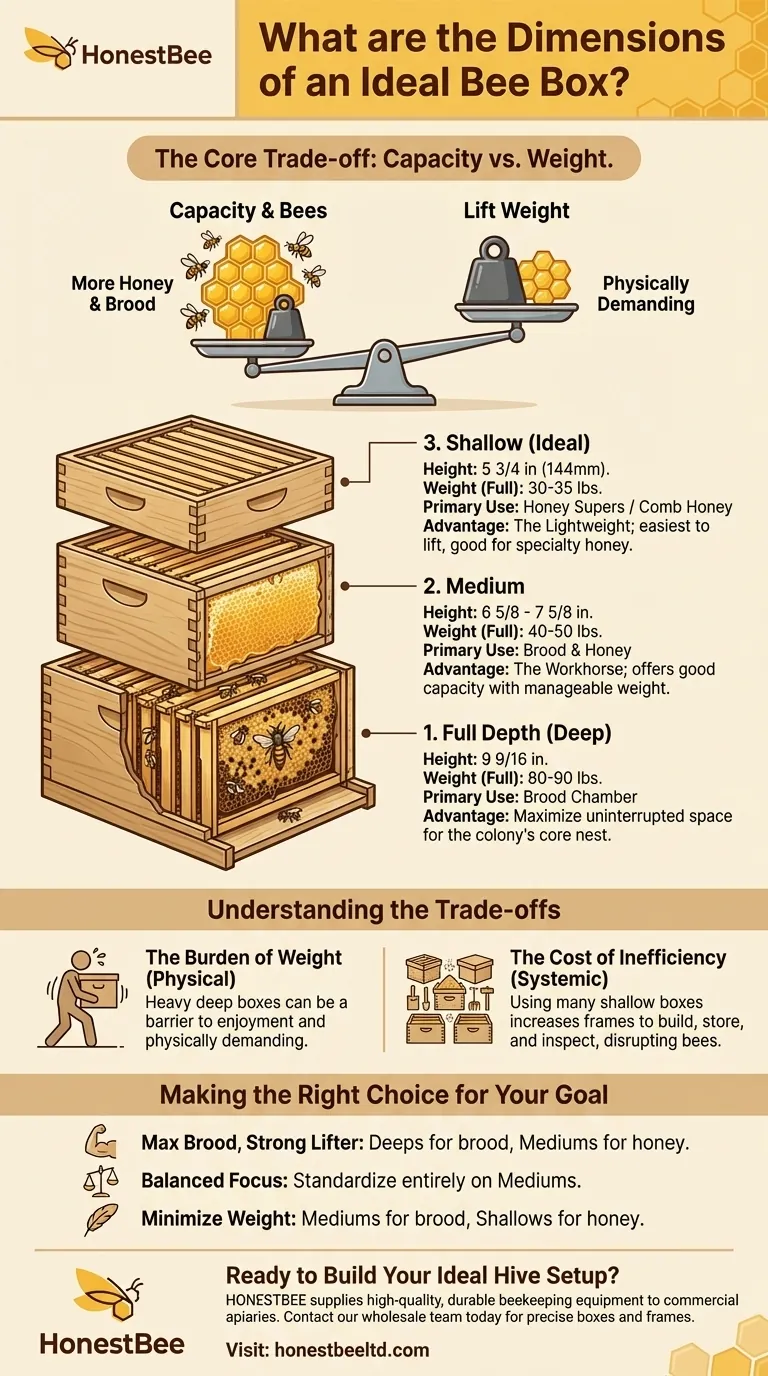
Related Products
- Langstroth Honey Bee Box Hive Boxes for Different Depths
- Long Langstroth Style Horizontal Top Bar Hive for Wholesale
- Wholesales Dadant Size Wooden Bee Hives for Beekeeping
- Twin Queen Styrofoam Honey Bee Nucs Mating and Breeding Box
- Portable Bee Mating Hive Boxes Mini Mating Nucs 8 Frames for Queen Rearing
People Also Ask
- What is the best time to inspect a hive? Optimize for Bee and Beekeeper Safety
- What factors should beekeepers consider when choosing between wooden and polystyrene hives? Maximize Bee Health and Honey Production
- How does a hive box work? A Guide to the Langstroth Hive System for Beekeepers
- What are the sizes of supers available in a standard hive? A Guide to Deep, Medium, and Shallow Boxes
- How is checking honey supers in a Langstroth hive different from inspecting Honey Flow supers? A Guide to Disruptive vs. Non-Invasive Methods






